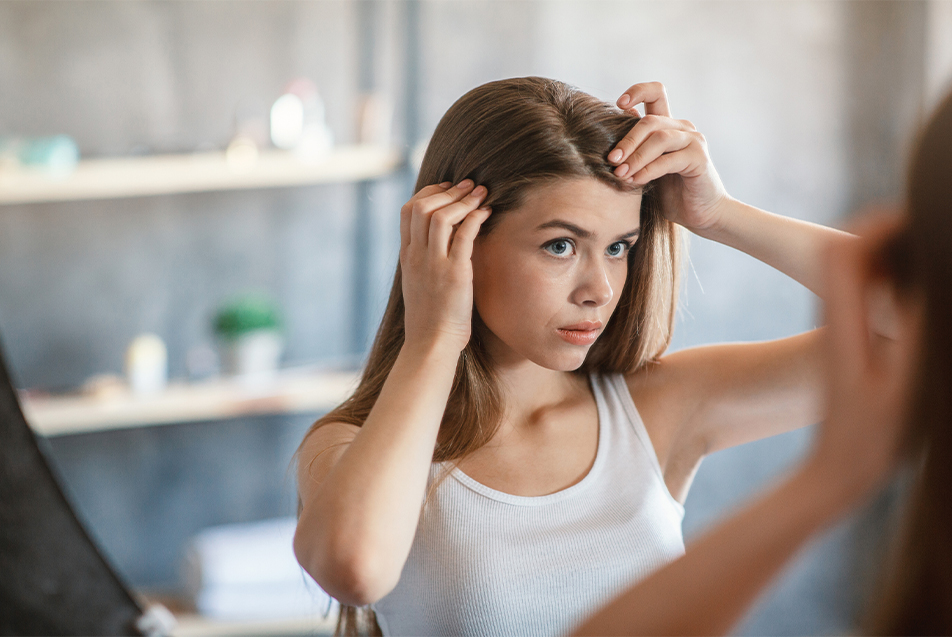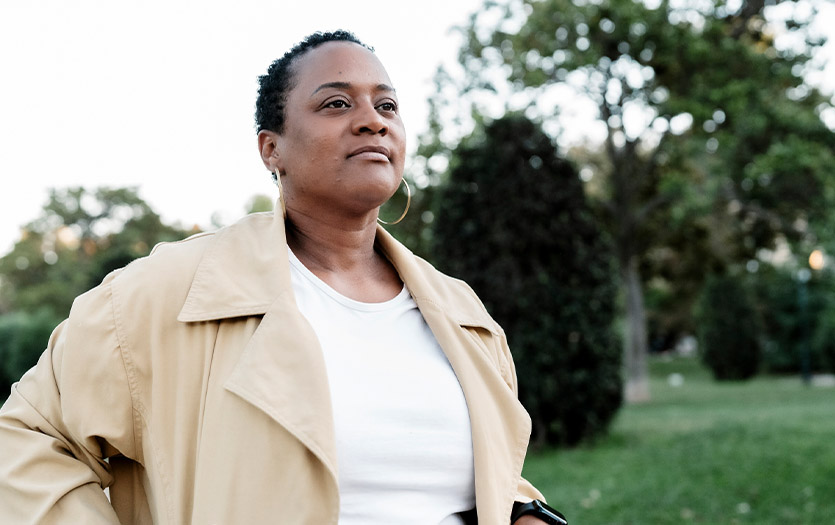
It’s not a fun subject, and it’s bound to make you itch, but head lice are a common occurrence, especially among school-aged children and their families. Chelsey Caldwell, MD, PPG – Pediatrics, shares the common signs of these minuscule menaces and how they spread, plus top-notch tips for treatment and prevention.
What are head lice?
Head lice are parasites that cause an infestation of the hair and scalp in humans. They can take three forms: eggs (also known as nits), nymphs and adults. A typical female louse can live up to one month and lay 7-10 eggs each day. The eggs, or nits, are oval-shaped capsules that typically hatch in eight days and become immature lice known as nymphs, which can take another eight days to mature. After the nymphs become adults, they are 2-3mm long and have legs that attach to a person’s hair and mouths that can suck blood to feed off the scalp.
How do head lice spread?
Head lice spread from direct contact with the head of another infected person. Lice do not jump or fly from head to head or pass from pets to humans. There is, however, a debate over whether non-human objects such as hairbrushes, combs, towels or hats can spread head lice. Some studies show that they can pass between objects, but others show they do not.
Who’s most at risk for getting head lice?
Females are more likely to get head lice than males, but it’s important to remember that head lice can affect anyone at any age and regardless of socioeconomic background.
What are the signs of head lice?
The most common sign of head lice is an itchy scalp. This is due to an allergic reaction to the saliva from the adult head lice as they feed. If you have never had head lice before, it can take 4-6 weeks for the itching to occur. You may also notice lice and nits on a child’s scalp or see scrapes on their head and neck caused by scratching. In rare cases, bacterial skin infections are possible, along with lymph node swelling.
How do you treat and eliminate head lice?
The most common way to treat head lice is with a medicine that you apply directly to the head and scalp called pediculicide. Most of these medicines are over the counter at your local pharmacy or grocery store. However, it’s important not to apply other products to the hair, such as conditioner, before applying the medicine. Also, be sure to follow the instructions and rinse the medication out in a sink rather than the shower. This will help limit contact with the skin. If you notice live adult lice 7-9 days after treatment, repeat for a second time.
When removing lice, some people may choose to use a wet combing method to get nits out of the hair, especially for young children and infants, to avoid pediculicides. If you decide to use this method, hair must be wet, and a conditioner can help lubricate the strands. When ready, comb until there are no lice found. Repeat this step every 3-4 days for several weeks.
It’s also important to note that head lice are becoming increasingly resistant to over-the-counter treatments. If you’ve tried these types of medications and the lice are not resolving, please don’t hesitate to reach out to your pediatrician. They could call in a prescription treatment that will kill the lice more effectively if resistant to the first medication. If unsure about your child’s age and over-the-counter medicines, please consult their pediatrician for advice.
What are the best ways of preventing head lice in the future?
It’s best to avoid direct head contact with infected individuals. However, once you find lice, you must examine other members living in the same house and treat them if necessary. If children share a bedroom, you must treat other children preventively. Also, wash bed sheets and linens in hot water and vacuum furniture and carpet. Please do not spray the home with a pediculicide.
Final thoughts
Remember, head lice are prevalent in children, and infected individuals do not need to leave school. In most cases, children diagnosed with live head lice do not need to go home early. They can finish their day and return after appropriate treatment has begun.



